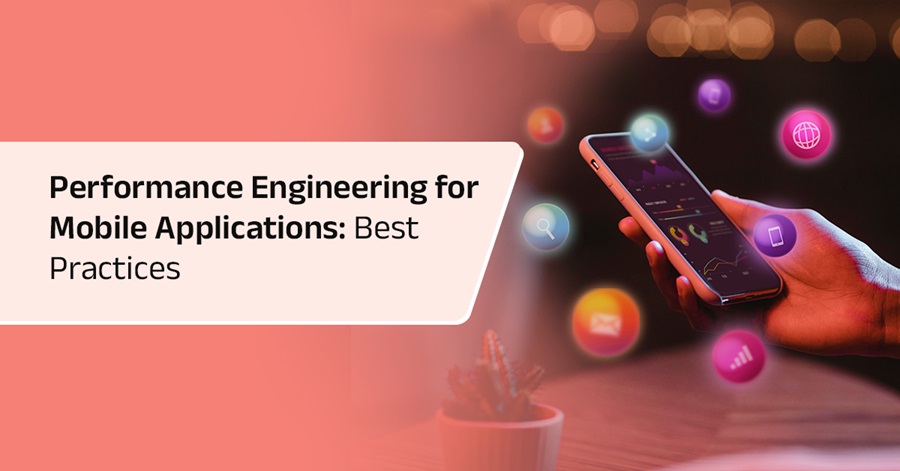OpenTelemetry is not fully mature today, although you can begin to implement components currently. The question is: When will OpenTelemetry be fully ready?
Start with: A Guide to OpenTelemetry - Part 1
Destined for Success
One of the indicators of the importance of OpenTelemetry is the rapid rise of the project.
"In just three years, OpenTelemetry has gone from an idea on a whiteboard to being the most popular cloud-native open source project in the world, behind Kubernetes itself," says Austin Parker, Head of Developer Relations at Lightstep by ServiceNow. "It's remarkable how far the project has come in such a short time, and there's still plenty of opportunities to get involved."
"For organizations deep into their cloud-native journey, OpenTelemetry is already significant — hundreds of organizations are running it in production today," Parker adds.
"OpenTelemetry is already one of the most significant technologies of 2022 and is continuing to become increasingly important to IT Ops and DevOps teams as users discover its benefits," Martin Thwaites, Developer Advocate at Honeycomb, agrees. "OpenTelemetry represents a shift in thinking from proprietary instrumentation to a unified standards-based approach for generating and ingesting telemetry data. As a result, I believe it will become ubiquitous, much like current container orchestration standards."
OpenTelemetry is the future of software quality
In addition, Michael Haberman, CTO and Co-Founder of Aspecto, points out the important impact OTel is expected to have on the software itself: "In the next couple of years, OpenTelemetry will become the sole infrastructure to collect telemetry of any kind. OpenTelemetry is the future of software quality."
Large companies like Google, Amazon, and Microsoft already use OpenTelemetry to monitor their clouds and provide customized OpenTelemetry distributives, according to Vladimir Mihailenco, Co-Founder of Uptrace. "OpenTelemetry also provides massive benefits for small emerging companies that simply don't have resources to maintain client libraries for tens of programming languages and hundreds of frameworks."
"As long as OpenTelemetry stays open and vendor-neutral, it is doomed for success and simply does not have any alternatives," Mihailenco continues. "The quality and number of instrumentations already surpasses OpenCensus or OpenTracing, and companies maintaining proprietary instrumentations just can't keep up."
"Even leaders from around the world are discussing the significance of OpenTelemetry, with indications for how it could transform global infrastructures," says Nitin Navare, CTO of LogicMonitor. "Those who are not prepared for the evolving demands of the future will be left behind."
The Current State of OpenTelemetry
The readiness of OpenTelemetry varies, depending on the signal. Tracing is the farthest along. Metrics is getting there. Logging, however, still has a way to go.
According to the OpenTelemetry project:
■ The tracing specification is now completely stable, and covered by long-term support.
■ OpenTelemetry Metrics is currently under active development. The data model is stable and released as part of OTLP. Experimental support for metric pipelines are available in the Collector, and Collector support for Prometheus is under development, in collaboration with the Prometheus community.
■ OpenTelemetry Logging is currently under active development. The logs data model is released as part of the OpenTelemetry Protocol, and log processing for many data formats has been added to the Collector. An OpenTelemetry logging SDK is currently under development, however, an OpenTelemetry logging API is not under development yet.
Keep in mind that the current status of each component continues to change.
Pranay Prateek, Co-Founder of SigNoz, explains further: "OpenTelemetry provides instrumentation to generate logs, metrics, and traces. Tracing is stable in almost all languages. Metrics are stable and generally available in Java/Python/Dotnet and RC/Beta in other important languages. Logs are experimental in Java/Python/Dotnet. However, you can use the OpenTelemetry collector to collect logs from your existing pipelines."
When Will OpenTelemetry Be Completely Ready?
Today we do not have a set date when OpenTelemetry will be completely ready. The prevailing industry opinions range widely from about one to five years. The following are some predictions from the experts:
Torsten Volk, Managing Research Director, Containers, DevOps, Machine Learning and Artificial Intelligence, at Enterprise Management Associates (EMA): "OpenTelemetry is already on a rapid growth curve and will reach critical mass over the next year or two, as automatically visualizing dependencies, analyzing performance, and conducting root cause analyses quickly becomes critical for a growing share of distributed microservices applications."
Prateek from SigNoz: "The community is widely adopting OpenTelemetry. Most observability vendors provide support for OpenTelemetry data formats. But as it's a huge initiative, we expect it to reach maturity in most signals in the next one to two years."
Navare from LogicMonitor: "OpenTelemetry is still relatively new. It will still need 1-2 years of maturity before reaching its full potential. Having said that, there is still value in businesses pursuing it now."
Daniel Khan, Director of Product Management (Telemetry) at Sentry: "It will take at least another 12 to 24 months until traces, metrics, logs, and library support will be on par with what traditional APM vendors provide today."
Sajai Krishnan, General Manager, Observability, Elastic: "While OpenTelemetry is maturing rapidly, and organizations are increasingly making this a core requirement, it still feels like broader maturity across languages, frameworks, logs, and agents is about three years out (a 'finger in the wind' estimate)."
Download the 2022 Gartner Magic Quadrant for APM and Observability
Alois Reitbauer, Chief Product Officer at Dynatrace: "We need to think of the timeline in the following three phases: OpenTelemetry being required, most frequently used, and finally becoming the predominant technology. Right now we are in the required stage. My belief is that it will take 3 to 5 years until OpenTelemetry is the predominant technology."
Haberman from Aspecto: "We believe it will take about five years for OpenTelemetry to achieve widespread adoption."
Parker from Lightstep by ServiceNow: "Over the next five years, it will become more accessible via integrations into managed cloud services, container orchestrators and service meshes, and language class libraries which should aid adoption for organizations that aren't quite as mature yet."



